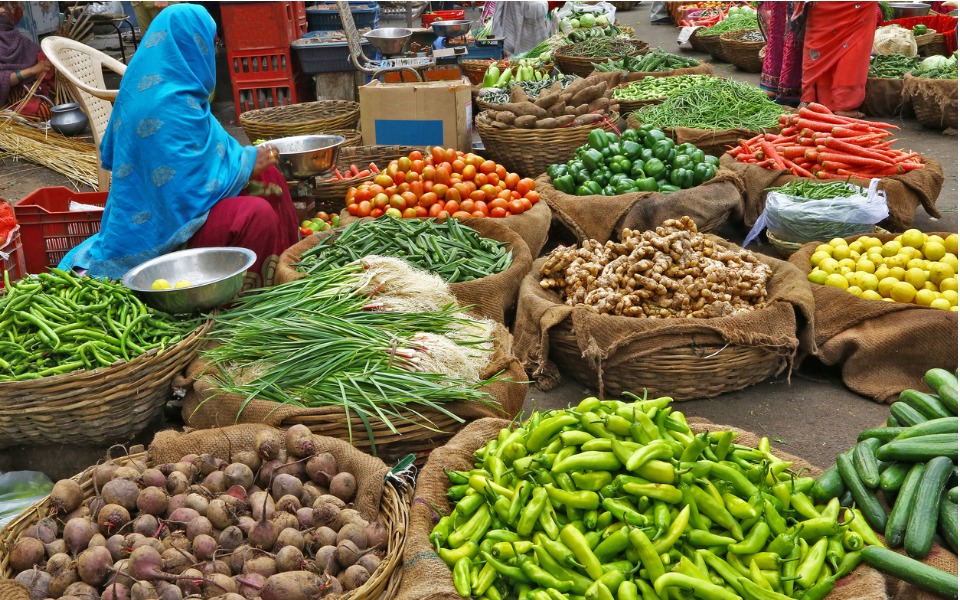
COVID, fuel prices drive food inflation to an all-time high

Food prices are soaring all over the world mainly in the backdrop of COVID pandemic, aided by bad weather and high fuel prices.
September saw food prices jump 33 per cent on a year on year basis. The Food and Agriculture Organisation’s (FAO) monthly Food Price Index shows that global food prices have shot up by three per cent since July.
Today, food inflation is as high as it was in 2011 when riots for food caused the overthrow of governments in Libya and Egypt.
While nominal prices are lower at present when compared to the situation 10 years back, real prices continue to remain on the higher side.
Looking at the real prices, it is difficult to purchase food today than in almost every other year since UN record keeping began in 1961. The situation was bad even in 1974 and 1975 when the 1973 oil price spike caused inflation all over the world, thus affecting production and supply of food.
Reason for food inflation this time
There is no easy answer to what drives average international food prices. The causes could be universal or region/commodity specific.
One strong reason for food inflation is constant rise in oil prices since April 2020. Rise in production and transport costs have significantly jacked up prices of all food commodities on the FAO index. In fact, a multitude of reasons have contributed to the real average price of food increasing consistently since 2000.
In the short term though, en masse reverse migration during COVID lockdowns resulted in labour shortages, thus reducing labour availability, which then affected farm activities like growing, harvest, processing and transport.
Despite global efforts — that have, in part, responded to targets set by both the UN Millennium Development and the subsequent Sustainable Development Goals to reduce hunger — prices have made food steadily less accessible.
Prices of vegetable oils too went up by 17 per cent between 2019 and 2020. An FAO crop report suggests this sudden surge in oil prices is mainly due to growing demand for biodiesel and unsupportive weather patterns.
Also read: Why RBI has done the right thing by holding policy rates
An upswing in sugar prices too have added to food price rise. Sugarcane production in Brazil, the world’s largest producer of sugarcane, was impacted due to unfavourable weather.
Cereals are an important source of nutrients to the world. Wheat, barley, maize, sorghum and rice account for at least 50 per cent of global nutrition and as much as 80 per cent in the poorest countries.
The FAO has reported depleting buffer stocks of cereals since 2017, mainly because of rising demand as compared to supply.
Unpredictable and unfavourable weather conditions have reduced harvest expectations.
It is high time adequate attention is paid to how communities in less affluent regions can weather these stresses and avoid unrest.
A basic principle of social science says that “hungry people take radical steps to secure their livelihoods — especially where leaders are perceived to have failed”.

